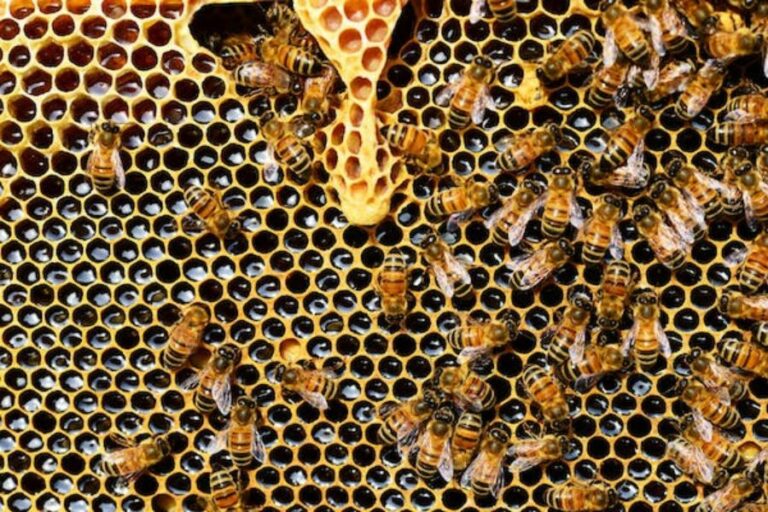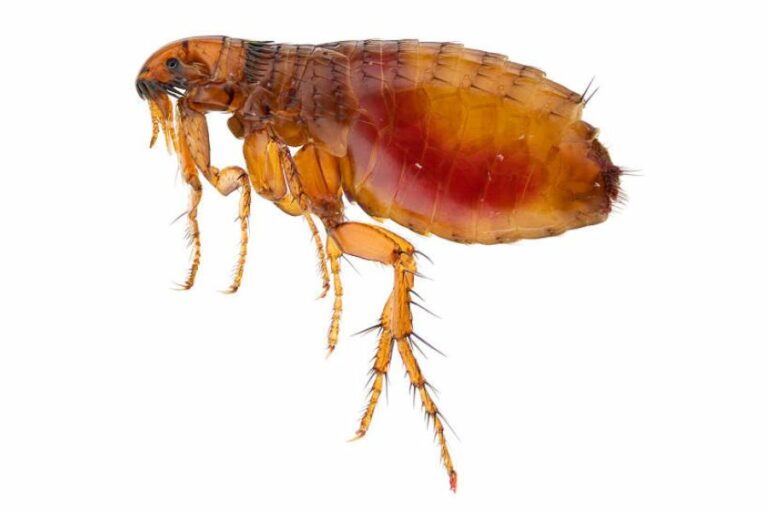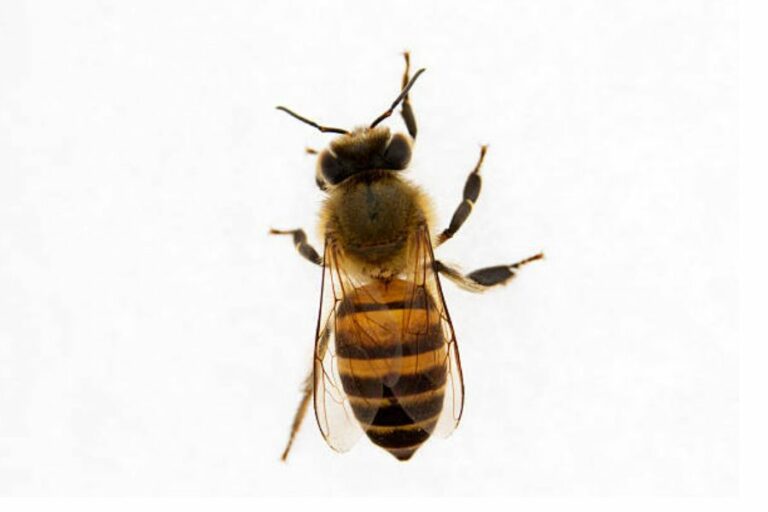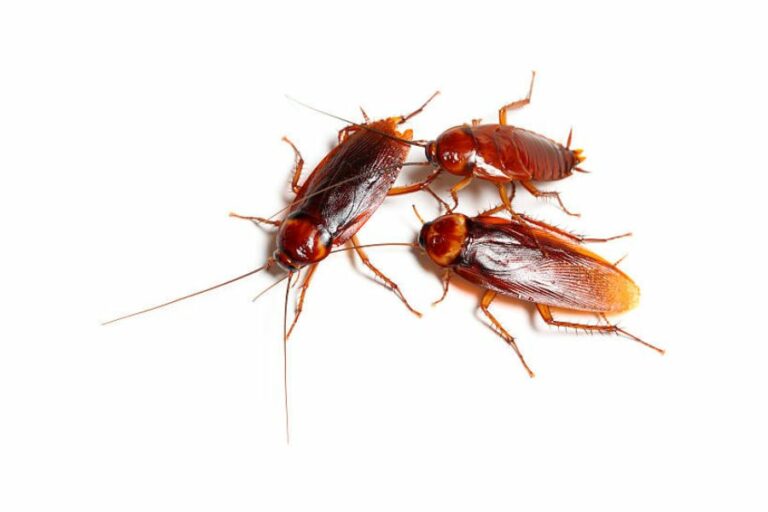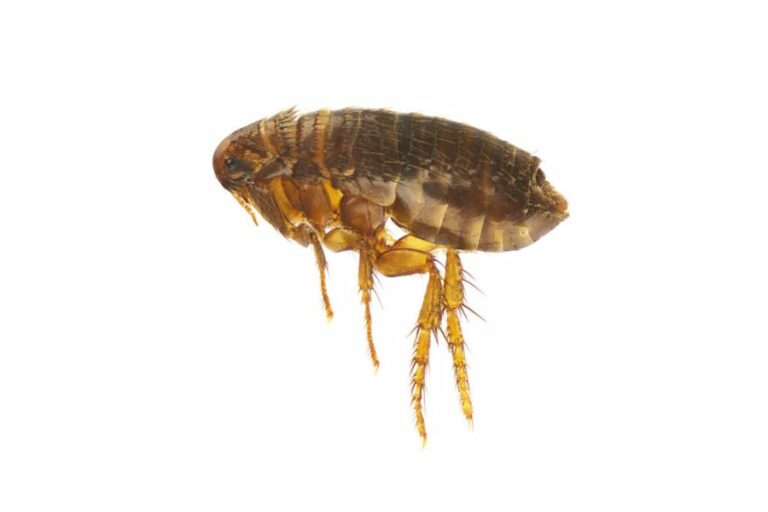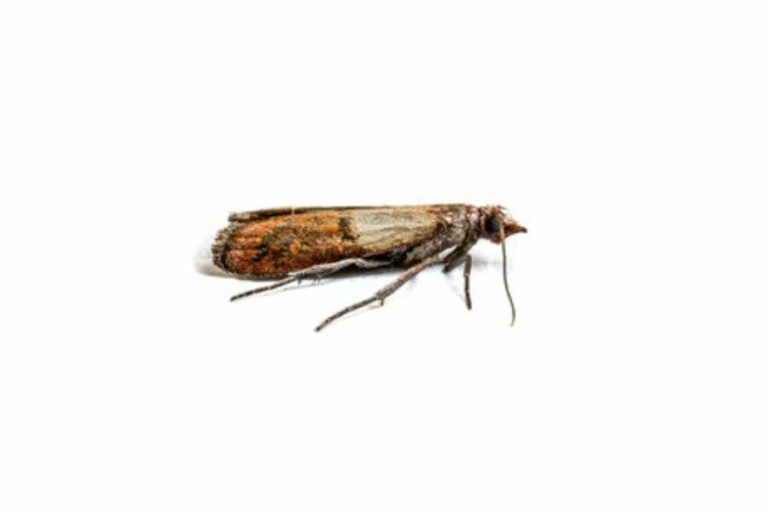Clothes Moths: Everything about Infestations
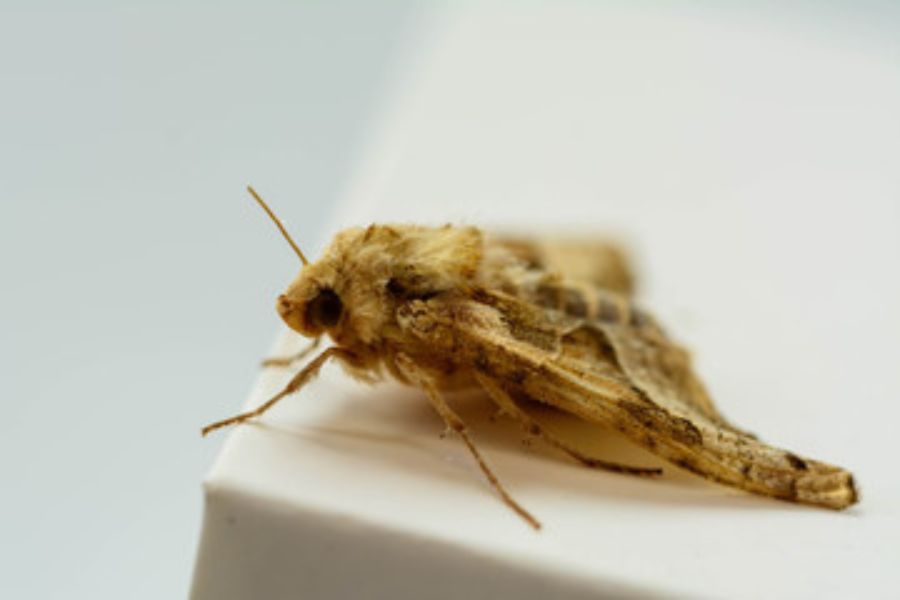
Preventing and Treating Clothes Moth Infestations: Spotting Signs, Protection Strategies, and Natural Remedies
Get your answers here on preventing and treating clothes moth infestations. These tiny pests can wreak havoc on your clothing and textiles, causing damage that can be both frustrating and costly. But fear not! In this blog, we will equip you with the knowledge and practical strategies to detect the signs of a clothes moth infestation, prevent them from damaging your clothing, and explore natural methods to eliminate these pests effectively. Let’s dive in and ensure your wardrobe remains moth-free!
Signs of a Clothes Moth Infestation:
Detecting a clothes moth infestation in its early stages is crucial for prompt action. One of the most common signs is damaged clothing. Check your garments for small, irregular holes or chewed areas, particularly in natural fibre fabrics like wool, fur, silk, or feathers. Clothes moth larvae feed on these materials, leaving behind visible damage.
In addition to damaged clothing, you may come across larvae casings. Clothes moth larvae create silken tubes or cases where they reside and feed. These casings are often found in hidden corners of closets, along baseboards, or behind furniture. If you notice these small casings, it indicates a clothes moth infestation.
Another sign to watch out for is adult moths. Spotting adult moths flying around or resting on walls, ceilings, or clothing strongly indicates a clothes moth infestation. Adult moths are tiny and have a golden or buff colour with a distinctive fringe of long hairs.
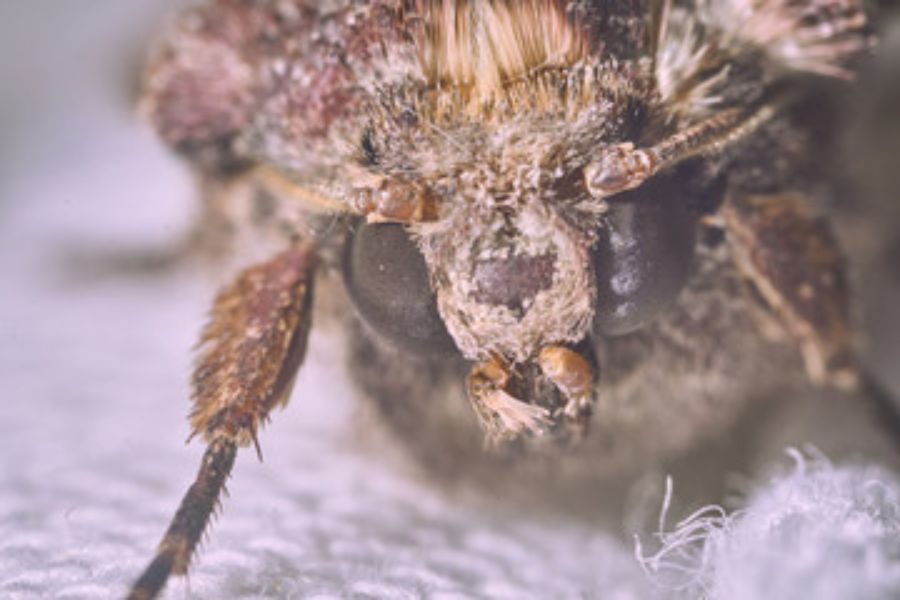
Preventing Clothes Moth Damage:
Prevention is critical when it comes to clothes moth infestations. By implementing the following strategies, you can significantly reduce the risk of clothes moth damage to your clothing.
Regular cleaning is essential. Thoroughly clean your clothing before storage. Launder or dry clean garments to remove any food particles, stains, or sweat that may attract clothes moths. Pay attention to hidden areas like collars, cuffs, and seams.
Proper storage techniques are also crucial. Store clothing in airtight containers, such as sealed plastic bags or bins, to prevent moths from accessing them. Ensure the containers are clean and free from any infestation before storing your clothing. Avoid using cardboard boxes, as moths can easily penetrate them.
Utilising moth-repelling products can further protect your clothing. Consider using natural moth repellents, such as lavender sachets, cedar blocks, or herbal repellent sprays, in your storage areas. These items emit scents that repel clothes moths due to their strong fragrance and insect-repelling properties.
Regular inspection of your clothing is necessary. Inspect your clothing for any signs of infestation, especially those of natural fibres. Pay close attention to hidden areas like collars, cuffs, and seams. Promptly address any issues you find to prevent further spread of the infestation.
What are the signs of a clothes moth infestation?
One of the most common signs of a clothes moth infestation is finding damaged clothing. Clothes moth larvae feed on natural fibres such as wool, fur, silk, and feathers, leaving behind small, irregular holes or chewed areas in the fabric. Inspect your garments closely, especially those made of sensitive materials, and look for signs of damage. Please pay attention to hidden locations like collars, cuffs, and seams, as moths prefer dark and undisturbed areas to lay their eggs and feed.
In addition to damaged clothing, you may come across larvae casings. Clothes moth larvae create silken tubes or cases where they reside and feed. These casings serve as protective shelters for the larvae and are often found in corners of closets, along baseboards, or behind furniture. These small, tube-like structures clearly indicate a clothes moth infestation and should be addressed promptly.
Another sign to watch out for is adult moths. Adult clothes moths are tiny, measuring about 0.5 to 1.5 centimetres in length. They have a golden or buff colour with a distinctive fringe of long hairs on their wings. Spotting adult moths flying around or resting on walls, ceilings, or clothing can indicate a clothes moth infestation in your home.
How can I prevent clothes moths from damaging my clothing?
Preventing clothes moth damage requires a combination of proactive measures and proper storage techniques. Regular cleaning of your clothing is crucial. Launder or dry clean your garments before storing them to remove any food particles, stains, or sweat that may attract clothes moths. Please pay special attention to cleaning items made of natural fibres as they are more susceptible to moth damage.
Proper storage techniques are also essential. Store your clothing in airtight containers such as sealed plastic bags or bins to prevent moths from accessing them. Ensure the containers are clean and free from any infestation before storing your clothing. Avoid using cardboard boxes as moths can easily penetrate them.
Using moth-repelling products can further protect your clothing. Natural moth repellents such as lavender sachets, cedar blocks, or herbal repellent sprays can be effective. These items emit scents that repel clothes moths due to their strong fragrance and insect-repelling properties. Please place them in your storage areas to create a deterrent effect.
Regular inspection of your clothing is necessary to catch any signs of infestation early. Routinely check your garments, especially those made of natural fibres, for any signs of damage or the presence of larvae or casings. Pay close attention to hidden areas like collars, cuffs, and seams. Promptly address any issues you find to prevent further spread of the infestation.
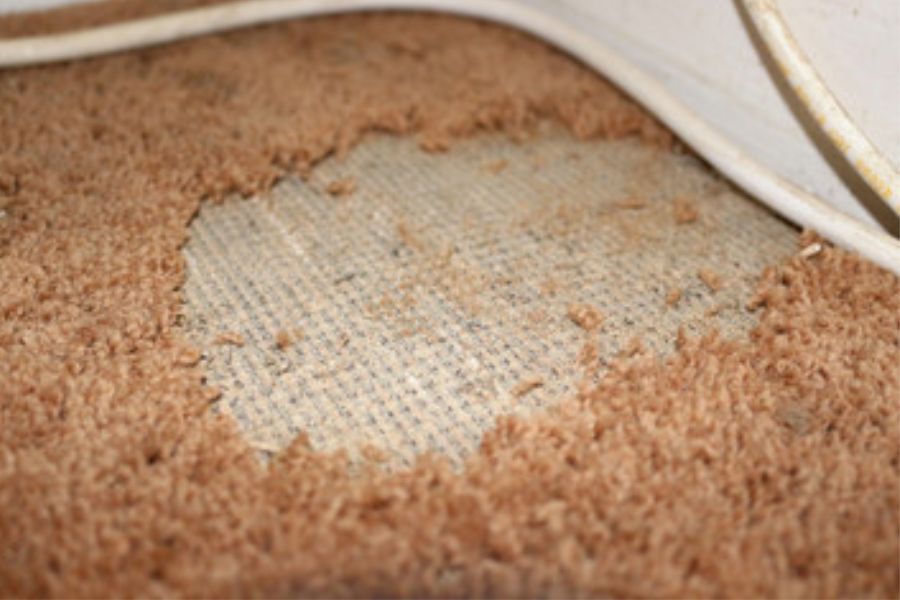
What are some natural methods to get rid of clothes moths?
If you prefer to avoid using chemical pesticides, you can employ several natural methods to get rid of clothes moths.
Freezing is a simple and effective method. Place infested items in sealed plastic bags in the freezer for at least 48 hours. The cold temperatures will kill clothes moth larvae, eggs, and adult moths. Afterwards, remove the items from the freezer and let them thaw at room temperature. This method benefits delicate or valuable things that cannot be washed or subjected to high heat.
Heat treatment is another option. Launder infested clothing in hot water, preferably at least 120°F (50°C), and tumble dry them on high heat. The combination of hot water and high temperatures in the dryer will effectively kill clothes moths at all life stages, including eggs, larvae, and adult moths. Be sure to follow the garment care instructions to avoid any damage caused by excessive heat. This method is suitable for machine-washable items and can help eliminate clothes moths effectively.
Regular vacuuming is an essential step in controlling clothes moth infestations. Use a vacuum cleaner with a nozzle attachment to thoroughly clean your closets, drawers, and other storage areas. Please pay close attention to corners, cracks, and crevices where moths and their eggs may hide. Vacuuming helps remove clothes, moth eggs, larvae, and adult moths, reducing their population and preventing further infestation.
In addition to these natural methods, maintaining cleanliness and good hygiene practices in your home is crucial. Keep your living spaces tidy and minimise clutter, as moths are attracted to dark and undisturbed areas. Regularly clean and dust your closets, wardrobes, and storage areas to remove any potential food sources or hiding spots for clothes moths.
Using these natural methods, you can effectively control and eliminate clothes moth infestations without chemical pesticides. However, it’s important to note that severe infestations may require professional pest control services to ensure complete eradication.
Are clothes moths active during a particular season?
Clothes moths are not limited to a specific season, as they can be active throughout the year. However, their activity may vary depending on the climate and conditions in your region. Clothes moths can be active year-round in warmer temperatures, while they may be more prevalent during the warmer months in colder areas. It’s important to note that clothes moths prefer dark, undisturbed areas, so they may be less active in areas of your home that receive frequent light and movement.
How can I identify clothes, moth larvae, and eggs?
Identifying clothes moth larvae and eggs is crucial in detecting and addressing a clothes moth infestation. Clothes moth larvae are small, cream-coloured caterpillar-like insects, typically ranging from 0.6 to 1.3 centimetres in length. They have a cylindrical body and a darker head capsule. When fully grown, clothes moth larvae may spin silken tubes or cases in which they reside and feed.
Clothes moth eggs are tiny, typically measuring less than 0.5 millimetres in size. They are usually oval-shaped and white or off-white. Clothes moth eggs are often laid on or near clothing, fabrics, or other suitable materials. They can be challenging to spot with the naked eye due to their small size and ability to blend in with the surrounding material.
To identify clothes, moth larvae, and eggs, carefully inspect your clothing and storage areas. Look for signs of larvae activity, such as chewed fabric, silken tubes or cases, or tiny faecal pellets resembling sand grains. Examine the seams, folds, and hidden areas of your clothing for any larvae or signs of their presence. Additionally, inspect locations where clothes are stored, such as closets, drawers, and wardrobes, for eggs or larvae casings.
Can clothes moths survive in freezing temperatures?
Clothes moth larvae and eggs are vulnerable to freezing temperatures. Exposing infested items to freezing temperatures is an effective natural method to kill clothes moths at all life stages. Placing infested items in sealed plastic bags and placing them in the freezer for at least 48 hours will eliminate clothes moth larvae, eggs, and adult moths.
It’s important to note that the freezing method is most effective when the temperature remains consistently below freezing (0°C or 32°F) for the duration of the treatment. Therefore, ensure your freezer maintains a sufficiently low temperature throughout the process. After freezing, allow the items to thaw at room temperature before removing them from the plastic bags.
Freezing benefits delicate or valuable items that cannot be subjected to higher temperatures or washed. It provides an alternative to heat treatment methods, such as washing and high-temperature drying, for eliminating clothes moths from infested items.
In summary, clothes moths can be active throughout the year, influencing their activity by climate and conditions. To identify clothes, moth larvae, and eggs, carefully inspect clothing and storage areas for signs of infestation. Clothes moths cannot survive freezing temperatures, and exposing infested items to prolonged freezing can effectively eliminate them at all life stages.
